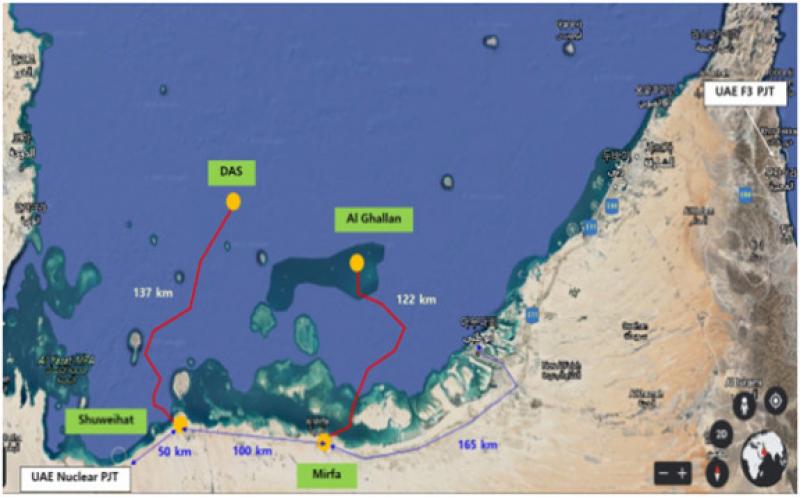Samsung C&T’s Construction Division announced on Dec. 23 that it has signed an engineering, procurement, and construction (EPC) contract for a high-voltage direct current (HVDC) network construction project in the United Arab Emirates (UAE).

The network connects the UAE’s offshore oil production facilities and Abu Dhabi’s land power network.
The project involves building power converting stations (AC/DC conversion facilities) in two land areas near Abu Dhabi and on two islands with marine oil-producing facilities, along with 1,000 MW and 600 MW submarine transmission networks. The transmission networks are 137-km and 122-km long, respectively, from the land.
Samsung C&T will form a consortium with Belgian construction company Jan De Nul to carry out the EPC work. The total construction budget is US$3 billion (3.5 trillion won), with Samsung C&T’s stake being US$2.27 billion (2.7 trillion won).
The project, awarded by Abu Dhabi National Oil Corp. (ADNOC), is the UAE’s first HVDC project. A consortium formed by KEPCO of Korea, Kyushu Electric Power of Japan and EDF of France participates in the project with a 40 percent stake.
Samsung C&T has experience in various power generation projects such as nuclear power generation facilities and the construction of substations in the UAE. In fact, starting with the Al Shuweihat S2 Combined Thermal Power Project in the UAE, the Korean contractor participated in a total of four power generation facility projects, including the Barakah Nuclear Power Plant, the 2nd phase of Emal Combined Thermal Power Plant and Fujairah F3 Combined Thermal Power Plant. In particular, it earned a high score from the client with its wide network with local UAE clients and understanding of the specificity of the UAE power grid.
Meanwhile, Samsung C&T announced on the same day that its cumulative order intake in the construction sector reached 12.5 trillion won in 2021, exceeding its annual order target of 10.6 trillion won by nearly 17 percent. Overseas orders amounted to 7.3 trillion won, taking up 58 percent of the total.